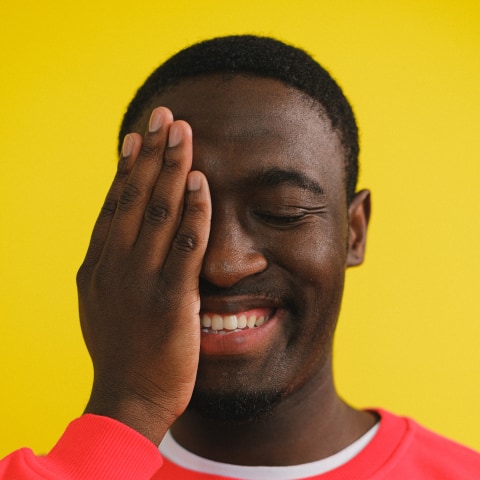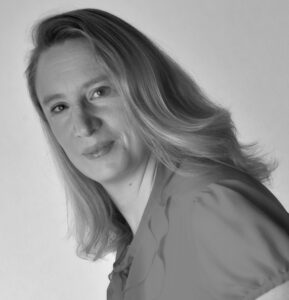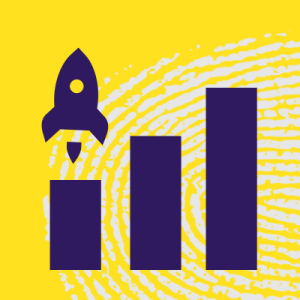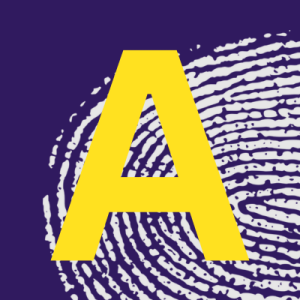When were you last wrong?
Did you try to hide it or were you open about it?
How did being wrong make you feel?
We have been conditioned to think that being wrong is bad or something to be ashamed of. But let’s consider the extreme examples of how this might play out in a team scenario.
What might we conclude about teams who are never wrong?
- They are amazing
- They never made mistakes
OR
- They all think the same.
- They don’t challenge each other.
- They don’t feel safe to speak up about their mistakes.
What might we conclude about teams who are often admitting the errors of their ways?
- Maybe they make a lot of mistakes.
- Maybe they need more training and support.
OR
- The have a growth mindset.
- They are always learning.
- They feel safe to speak up.
- They are willing to be challenged.
Admitting that you are wrong – is not weakness. It is sign of being open minded. It is a sign that you are listening. It is a sign that you are open to other people’s perspectives. It is a sign that you recognise and value the strengths and insights of those around you.

FAIL stands for First Act In Learning.
What is important is what we do next when we discover that we are in fact wrong. Do we use this a spring board to greater insight and future success by adapting our path, or do we try to stick to our guns and cover our tracks for fear of appearing weak.
Business isn’t typically black and white.
For example…
- What is the one change that would make your customer’s lives easier?
- Which step in our customer journey is the most challenging?
- What could we change about the way our tribe works to make us more effective?
When it comes to business and people it isn’t black and white – there isn’t just one right answer. One of the first things we need to realise is that if you and I disagree we might both still be right. Equally we might also both be wrong.
If you only ever look at the world through your own eyes you will have blind spots
If we want to collectively serve the needs of our diverse customers to fulfil your customer promise of effortless and meaningful experiences we need to see the world from many different and diverse perspectives – because that will enable us to paint a collectively rich and insightful picture that reflects the true reality – and not just our own limited or even skewed perception of reality.
As long as we are learning, growing and not repeating mistakes – being wrong is not so bad after all, it is not something to avoid at all costs.
If we want to collectively serve the needs of our diverse customers to fulfil your customer promise of effortless and meaningful experiences we need to see the world from many different and diverse perspectives – because that will enable us to paint a collectively rich and insightful picture that reflects the true reality – and not just our own limited or even skewed perception of reality.
As long as we are learning, growing and not repeating mistakes – being wrong is not so bad after all, it is not something to avoid at all costs.
What is the power of perspective?
Perspective is about seeing the world not just through your eyes but though the eyes of others. For example:
- People with different skills and professional experience, such as cross functional teams.
- People with different cultural backgrounds.
- People of different genders or sexualities.
- People who have had different experience of the world.
- People with different beliefs.
- People with different physical characteristics or abilities.
The problems we are solving collectively are getting more and more complex. We need diverse minds to collaborate in an increasing complex problem space that needs to consider factors such as technology, geo political situations, environmental impacts and social justice.
One person or a group of people who are all very similar to each other cannot know it all.
What can go wrong if we don’t bring in diverse perspectives?
In rebel ideas Mathew Syed argues that both the 2008 global financial crash and 911 could both have been avoided had there been more diversity and inclusion. There have also been countless other examples of biased technology such as racist chat bots that learned to be racist and sexist through it’s interactions, the exam predication algorithms that stepped in during COVID only to use post code as a major influencing factor lowering the grades of those from poorer neighbourhoods.
People often say, I treat people as I wish to be treated.
But what is wrong with this?
As you build your inclusive intelligence what you come to realise is that we should treat people as they wish to be treated.
What other people want, need or prefer may be different to what you want, need or prefer.
To create effortless, meaningful and inclusive experiences we need to meet people where they are.
To create effortless, meaningful and inclusive experiences we need to meet people where they are
It is about personalisation.
Is is about understanding not just the barriers and headaches those most people face but also those faced by minority groups.
If I am deaf and your sign up form requires me to input a telephone number or my only way to get support is to make a phone call my experience will not be effortless or meaningful.
For example, when you create options such as support through chat – this doesn’t just improve the experience for people who are deaf but importantly it improves the experience for everyone, as there are many reasons why someone might prefer to chat rather than call a helpdesk.
Another example of the solve for 1, extend for many principle are voice activated devices such as the Amazon echo. These are now present in many households but they were originally created to serve the needs of people who couldn’t use traditional user interfaces requiring dexterity – such as people with permanent disabilities, temporary injuries or people wearing heavy gloves.
Exclusion is something we all experience. Some of us more often than others. Sometimes it’s a transient situational experience. Sometimes it’s a trend in how we experience the world because we are in the minority.
A key question to always be asking is… How can we make this more inclusive to ensure it works for everyone?
This is where the power of perspective comes in.
Diversity and Inclusion is all about people. It affects all aspects of business as people are the lifeblood of any organization. There is extensive research that shows the benefits of Diversity & Inclusion and forward thinking companies know this is not just a ‘nice to have’ but a critical business imperative.
Inclusive experiences welcome diverse people, cater for different needs, foster belonging, allow authenticity and enable everyone to contribute to their fullest. Diverse groups remove blind spots, bring diversity of thought and drive innovation. Diverse teams are more able to cater for the differing needs of diverse audiences.
However, historically Diversity & Inclusion has either not been on the agenda at all or sidelined as an isolated activity rather than embedded into everyday practice. It should be built into business targets and considered every day in business as usual activities in the way people think, act and make decisions.
Often diversity and inclusion is left to the HR practitioners, Diversity and Inclusion experts or the excluded minority groups. However, we believe to drive any kind of transformational change Inclusive Thinking should be a skill that everyone develops and uses as part of their day to day activities. This is how it becomes embedded, integrated and impactful.
Often there is a no or low cost option that is more inclusive but you need inclusive thinkers who can identify these options in the first place.
Inclusive Experience Design
The FREE Diversily Inclusive Experience Design Process helps people who are responsible for creating experiences for other people build inclusion in by design.
It uses a number of visual frameworks to help you generate ideas to create more inclusive experiences by:
- Using the Viewpoints Canvas to put yourself in the shoes of others
- Using the Inclusive Lenses Canvas to think inclusively about your experience.
What is powerful is building this into your process. So it isn’t because one person felt strongly about something that drives your behaviour as a team. It is because it is embedded into the way you operate.




